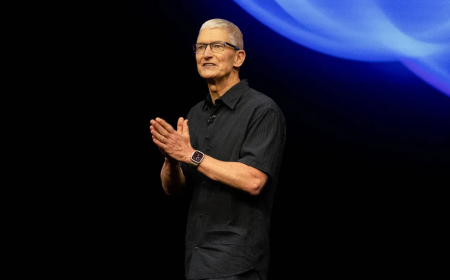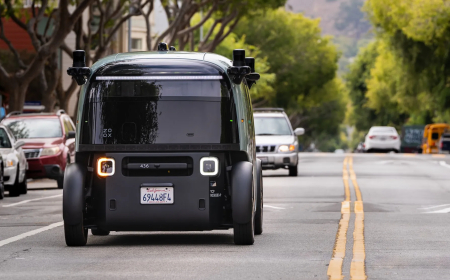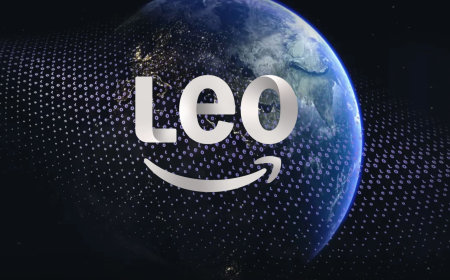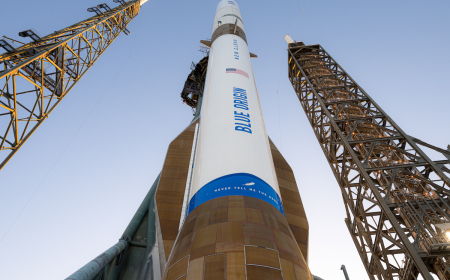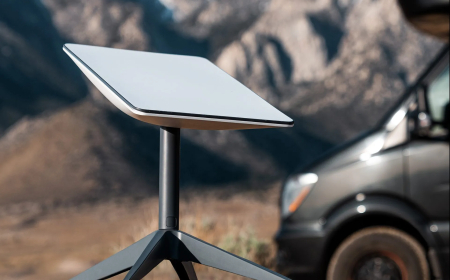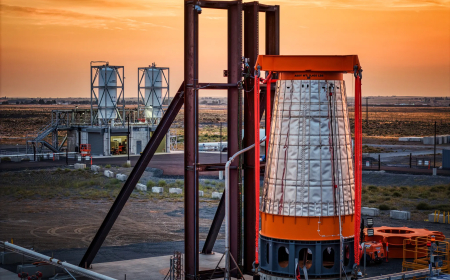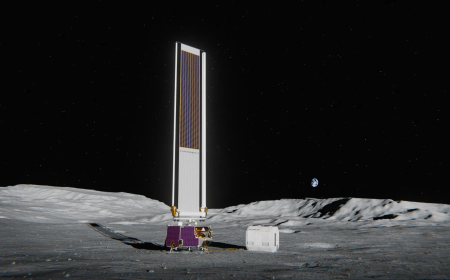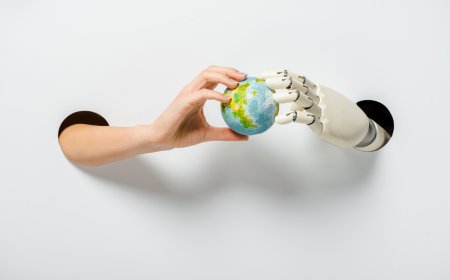The World Is Just Not Quite Ready for Humanoids Yet
Experts, including Rodney Brooks, warn that despite billions in investment, humanoid robots face major challenges in dexterity and safety. While the market is growing, humanoids aren't likely to reach full functionality for over a decade.
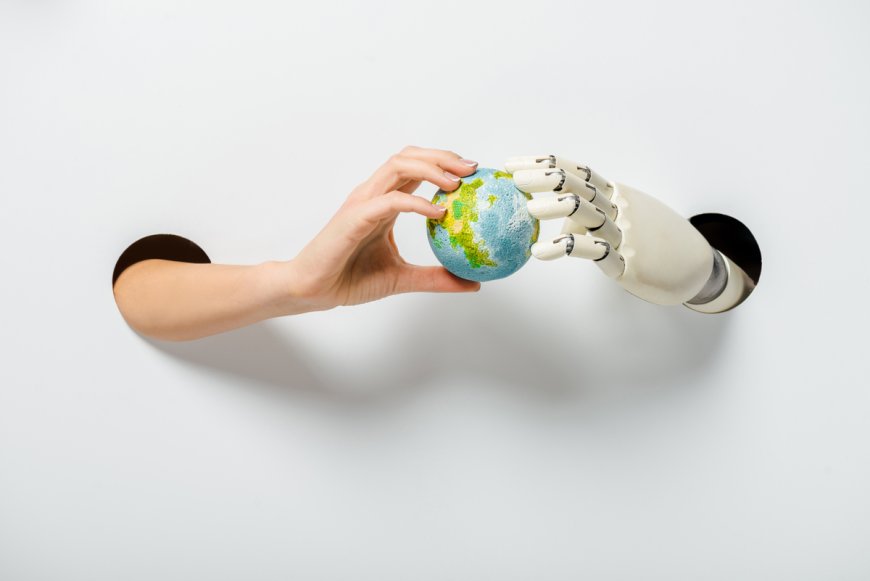
Rodney Brooks, the famed roboticist and iRobot founder, has raised alarms about the current investment bubble in humanoid robots. Brois isn't alone in his concerns.
In a recent essay, he pointed to the billions of dollars flowing into companies developing humanoid robots, such as Figure. He warned that, despite the massive investment, humanoid robots will not be able to achieve the dexterity needed for practical use, particularly fine-motor control with the hands. According to Brooks, this limitation makes humanoids essentially useless in their current form. Brooks's may surprise some venture capitalists investing in this sector; many robotics-focused VCs and AI scientists agree. In conversations with TechCrunch, several industry experts suggested that the broad adoption of humanoid robots is still at least a decade away.
The Issues with Humanoid Robots
Fady Saad, a general partner at Cybernetix Ventures and co-founder of MassRobotics, expressed scepticism about the practical use cases for humanoid robots. He emphasised that, aside from potential roles in space exploration, the current market for humanoids remains limited".
"People wprobahaven'te haven't seen humanoids before. They are impressed with what's happening now in humanoids, but we continue to be a little bit conservative and sceptical about the actual use case and the actual revenues that will be generated," Saad said.
Saad also raised safety concerns, particularly in environments where humanoid robots would interact with humans—such as factories or homes. If a humanoid were to fall on a child or pet, it could cause harm, Saad warned. He added that many people may not be comfortable having humanoid robots in their homes, especially with concerns over hacking and malfunctions.
The Timeline for Humanoid Robots
The timeline for humanoid robot development is still unclear, a key consideration for VCs who need predictable timelines to manage fund lifecycles. Sanja Fidler, VP of AI Research at Nvidia, compared the current hype surrounding humanoid robots to the early days of self-driving cars. "In 2017 and 2016, it felt tangible, right?" Fidler said, "It still took them quite a few years to really scale and even now, no one has really scaled to full autonomy."
BiDalNvidia's chief scientist agreed with WiFidler's assessment, acknowledging the complexity of humanoid robots and the long path to commercialisation. Seth Winterroth, a partner at Eclipse, pointed out that humanoids are incredibly complex systems, with movement requiring 60-plus degrees of freedom. This, he argued, poses significant challenges for both software development and unit economics.
Struggles from Leading Companies
Despite the investments and progress, Tesla's humanoid robot project, Optimus, showcases some of the challenges. The company initially announced plans for the robot in 2021, with an expected release in 2023. However, during Tesla's "2" "4 "We "R" "ot" bot event, it was revealed that many of the robots were still controlled by humans, not yet operating autonomously. Tesla now plans to start selling Optimus robots in 2026.
Figure, a robotics startup valued at $39 billion, has faced scepticism regarding the actual deployment of its humanoid robots. The company has defended its position, but questions remain about the scale and timing of its rollout at Work and the Future of Humanoids.
Despite these challenges, there is still optimism about the future of humanoids. Rodney Brooks himself stated that while humanoids in their current form may not be viable for many years, robots will eventually emerge with wheels or other non-humanoid features. Brooks predicts these future robots could be deployed in ways that make them more practical and cost-effective.
Several companies are already working on dexterity technology that Brooks is sceptical of. For instance, Y Combinator-backed Proception and Loomia have developed tools to help integrate touch capabilities into robots.
Startups are also seeing strong demand for humanoid robots. K-Scale Labs received over 100 preorders for its humanoid bot within the first five days, while Hugging Face saw $1 million in sales after opening preorders for its Reachy Mini robot in July. This suggests a growing interest in humanoid robots, even if their widespread use remains a distant reality.
What's Your Reaction?
 Like
0
Like
0
 Dislike
0
Dislike
0
 Love
0
Love
0
 Funny
0
Funny
0
 Angry
0
Angry
0
 Sad
0
Sad
0
 Wow
0
Wow
0





